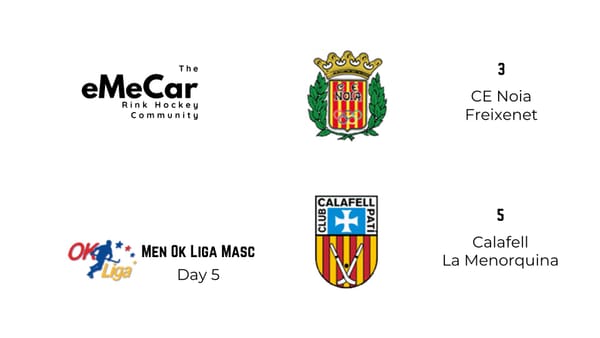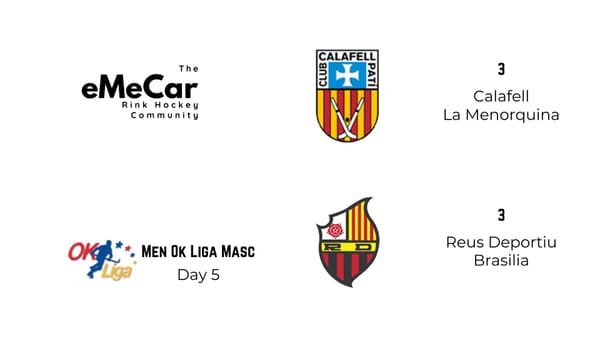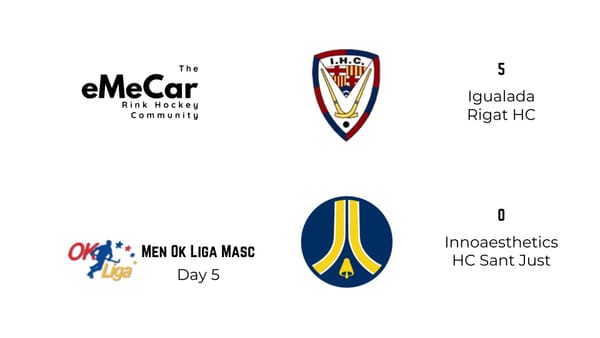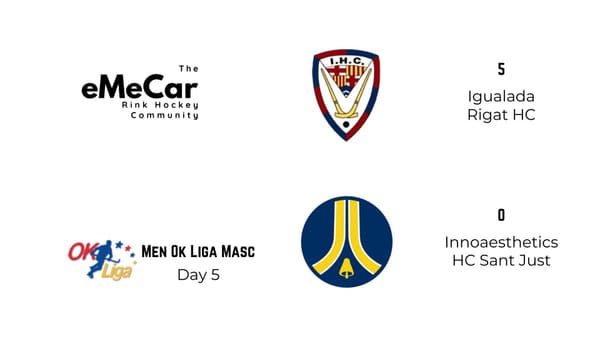How to Organise a Roller Hockey Season: A Comprehensive Guide
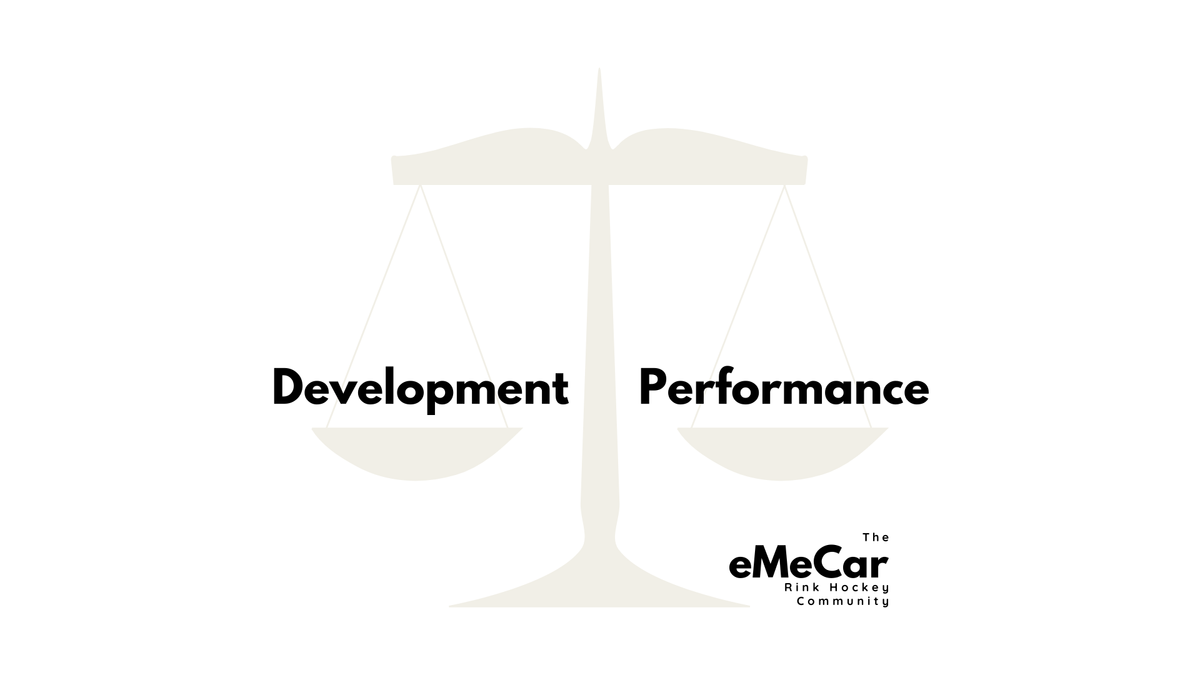
Introduction
Planning a roller hockey season requires meticulous organisation and strategic thinking. From setting objectives to dividing the season into manageable chunks, every step plays a crucial role in ensuring a successful and fulfilling season for players and coaches alike.
Approach:
When embarking on the journey of organising a roller hockey season, it's essential to strike a balance between two distinct approaches:
- The Development approach prioritises the individual technical and tactical growth of players, viewing performance as a long-term outcome rather than an immediate goal.
- The Performance approach focuses on achieving results in the short term, often placing emphasis on team success over individual development.
While both approaches have their merits, selecting the most suitable one depends on factors such as team composition, coaching philosophy, and overarching goals.
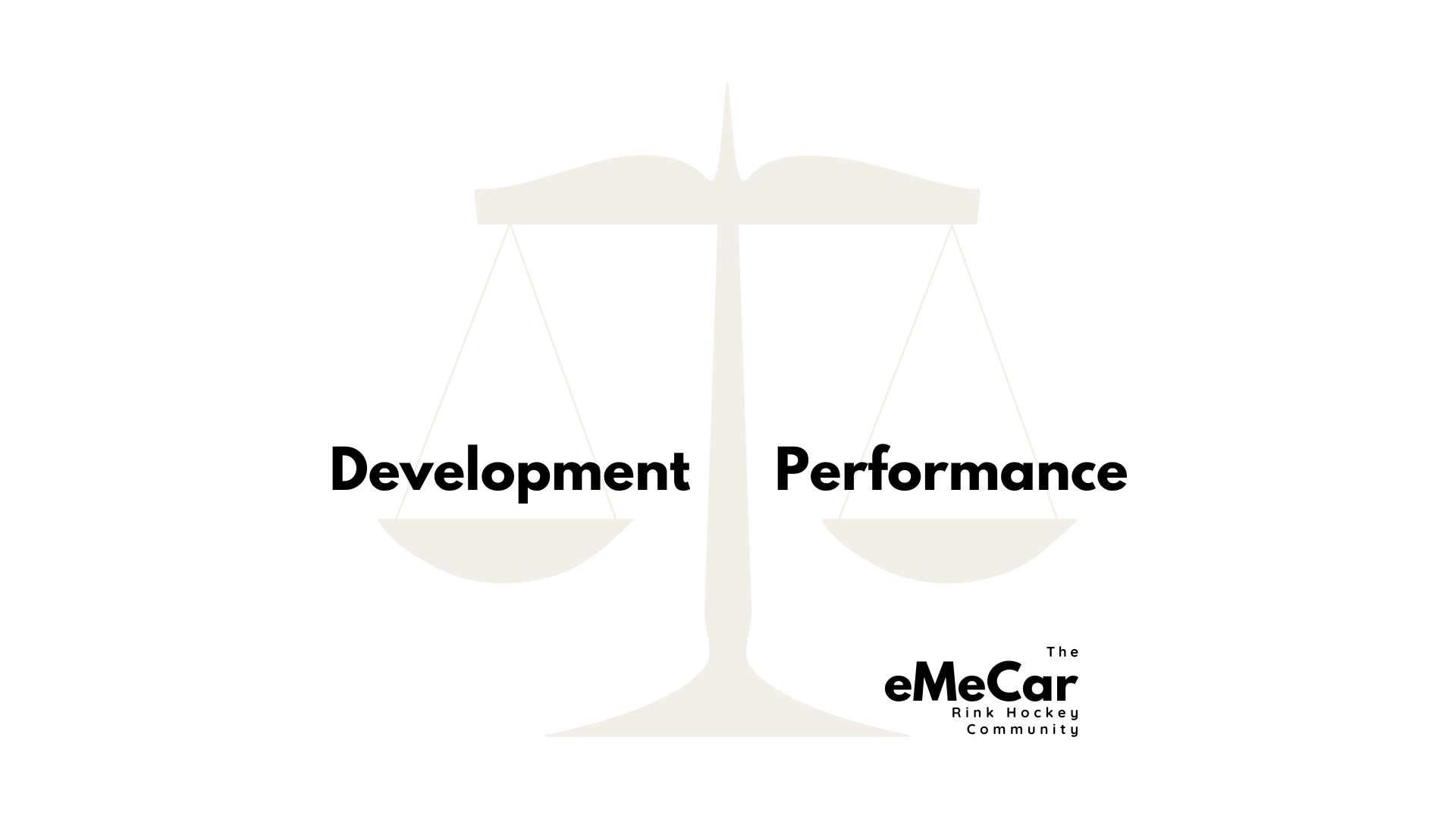
You chose you team approach, be wise
Dividing the Season | Floor players Planning
Dividing the roller hockey season into manageable segments is key to effective planning, particularly when adopting the development approach. Consider dividing the season into two-month intervals, each dedicated to specific aspects of player development or game phases.
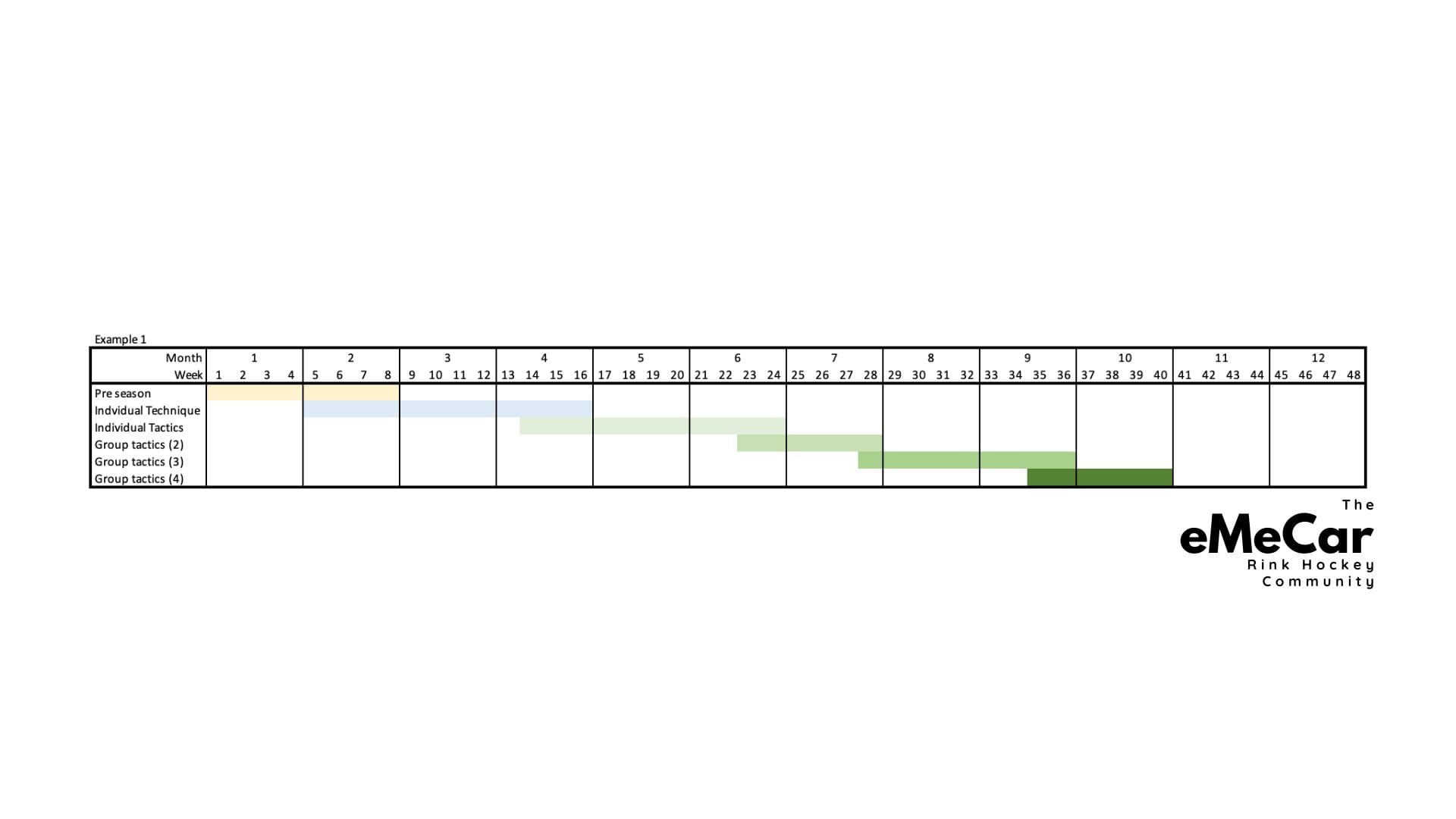
Whether focusing on honing individual skills or mastering game tactics, the division should align with the team's overall objectives and coaching methodology.
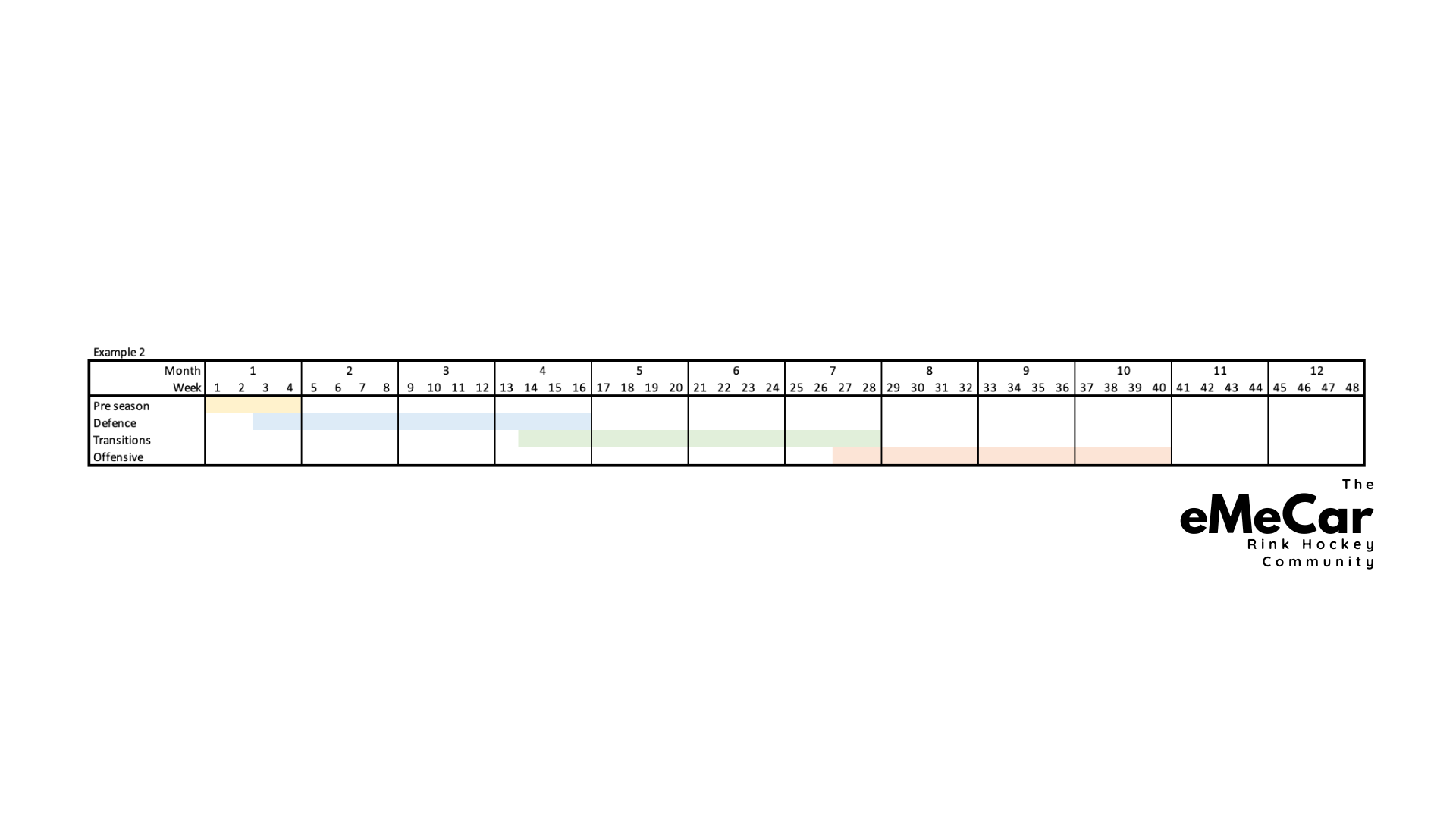
Dividing the Season | Goalie Planning:
While planning for floor players may involve intricate segmentation and detailed strategy, goalie planning tends to be more straightforward. However, it still requires careful consideration and, ideally, specialised coaching. Goalie-specific training sessions should focus on refining individual techniques and tactics, ensuring that goalkeepers are adequately prepared to contribute to the team's success.
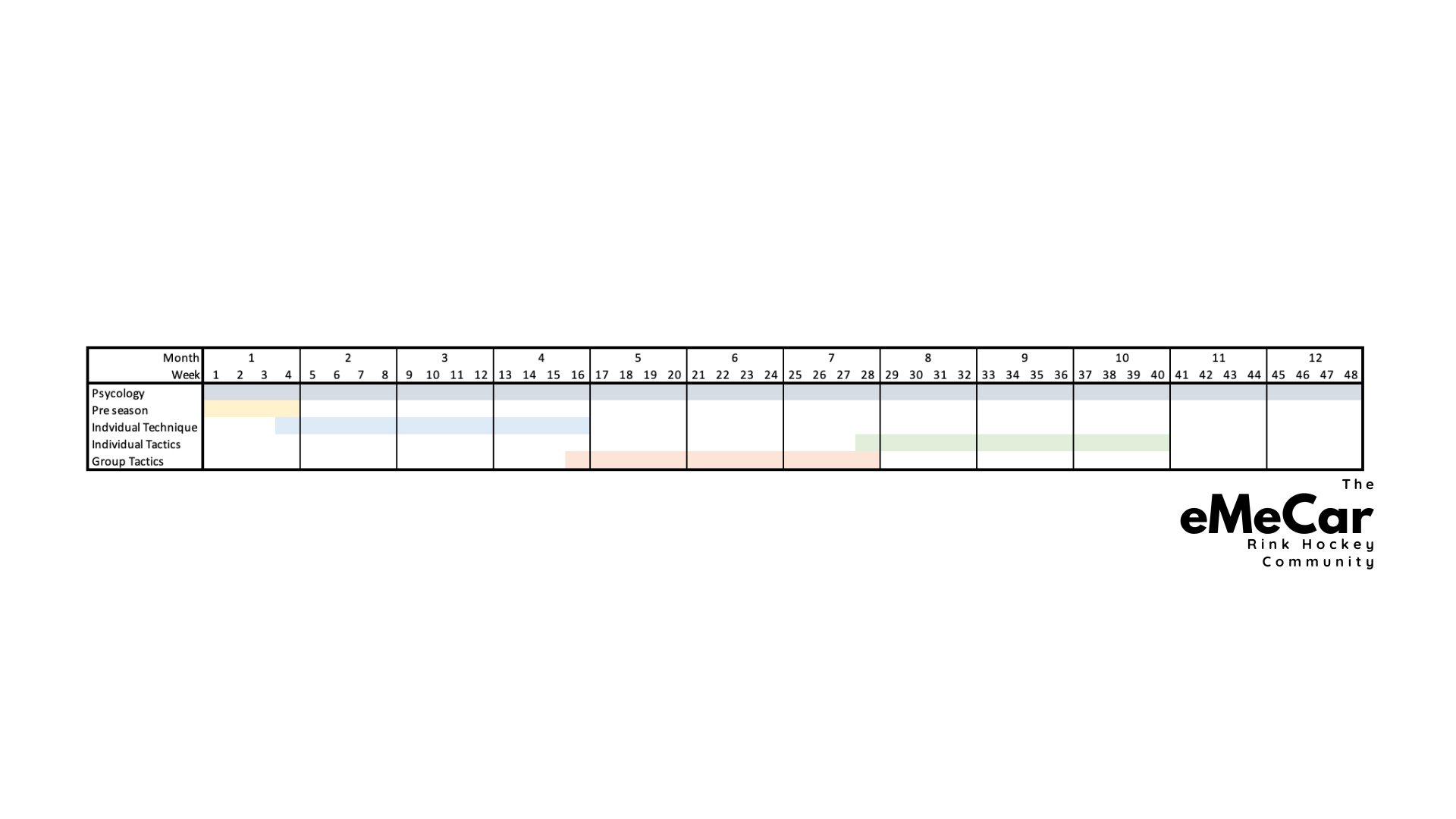
Key Considerations
In addition to strategic planning, it's crucial to incorporate essential elements into the season's schedule. Whether it's skill execution drills or skating technique sessions, these 'musts' form the foundation of player development and team cohesion. By prioritising these elements in the planning process, coaches can maximise the effectiveness of training sessions and foster continuous improvement among players. Here there is an example convening the 3 previous ones
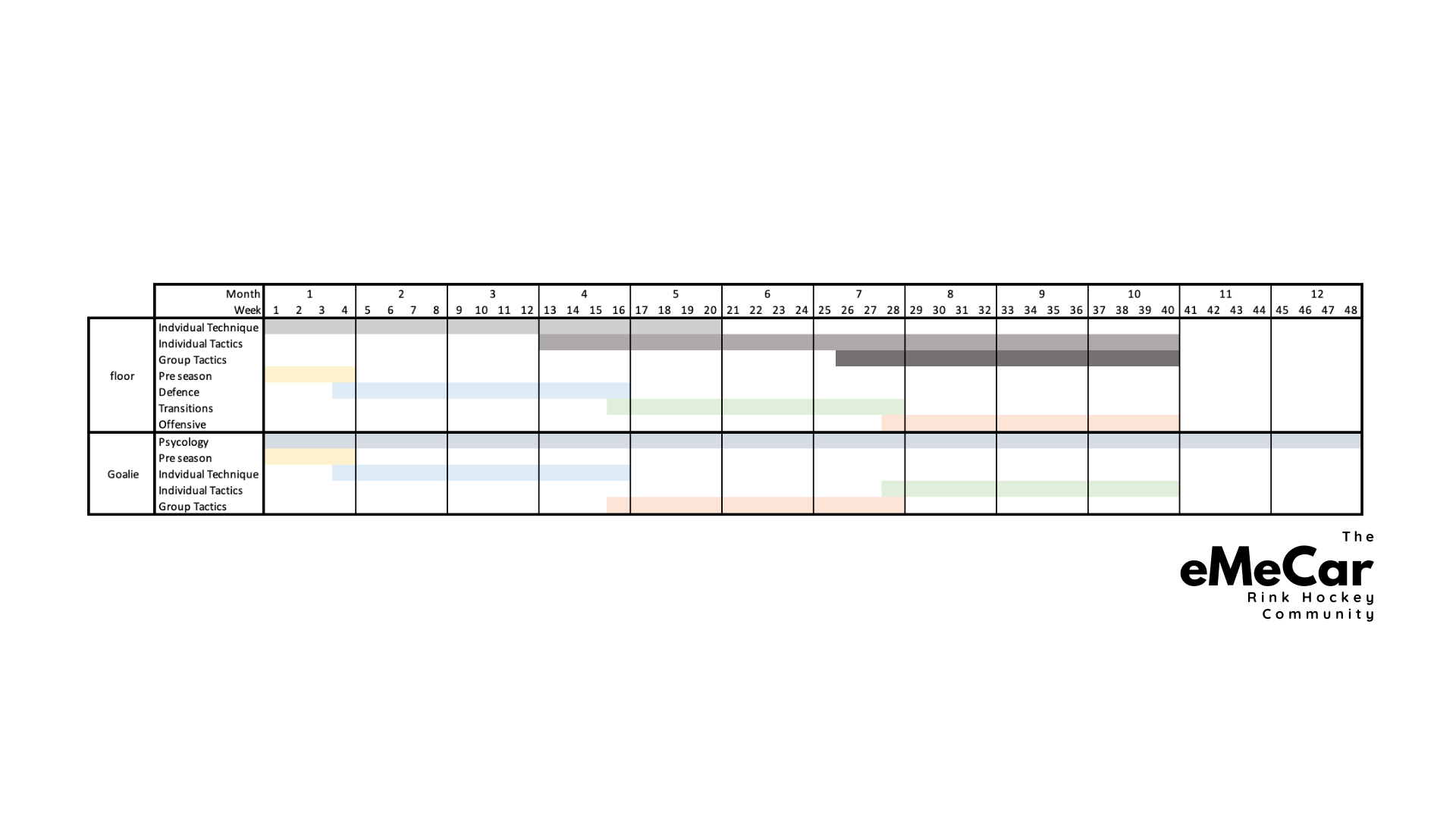
Conclusion
Deciding on the approach for the roller hockey season is a pivotal decision that sets the tone for the entire journey. However, it's essential to view the plan as a flexible guide rather than a rigid script. As the season progresses and team dynamics evolve, be prepared to adapt and modify the plan accordingly. Setting achievable milestones and soliciting feedback from players and staff are invaluable strategies for ensuring progress and maintaining momentum throughout the season.
By combining strategic planning with proactive observation and continuous communication, coaches can cultivate an environment conducive to growth, development, and ultimately, success on the roller hockey rink.
Planning is not the master piece on your team performance, but it is really helpful
If you are here you deserve a small gift. I'm giving you these a charts an a template for the season planning:
Grab a stick & keep skating
